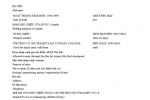Best time to visit Hungary – Helpful guide for travelers
Let’s embark on an adventure to Hungary with our ultimate guide. First, find the best time to visit Hungary for perfect weather and exciting events. Next, learn what to pack and discover insider tips for an unforgettable journey. Dive into our guide and get ready to explore the magic of Hungary!
Table of Contents

I. What is the best time to visit Hungary?
The best time to visit Hungary are from April to May and September to October. During this time, you’ll be enticed by a pleasant and warm climate, low density of tourists, and moderate prices within several months.
Here are the details to give you a clearer insight into the climate and the seasonal attractions in Hungary so you can start planning your dream trip to Hungary!
1. Understanding Hungary’s Climate
A moderate continental climate characterizes Hungary; it has warm summers and cold winters. This is so because the country’s relief is mostly plain with only a few low hills in the northern part.
Throughout the year, temperatures in Hungary typically range from:
- Winter: -9°C to 8°C (cold & snowy)
- Spring: 4°C to 22°C (pleasant)
- Summer: 14°C to 27°C (warm & pleasant)
- Autumn: 6°C to 24°C (quite pleasant & a bit rainy)
Rain falls pretty evenly all year round, with a bit more in late spring and early summer. Winter brings plenty of snow, especially in the northern mountains.
2. Seasonal Breakdown
Spring (March to May)
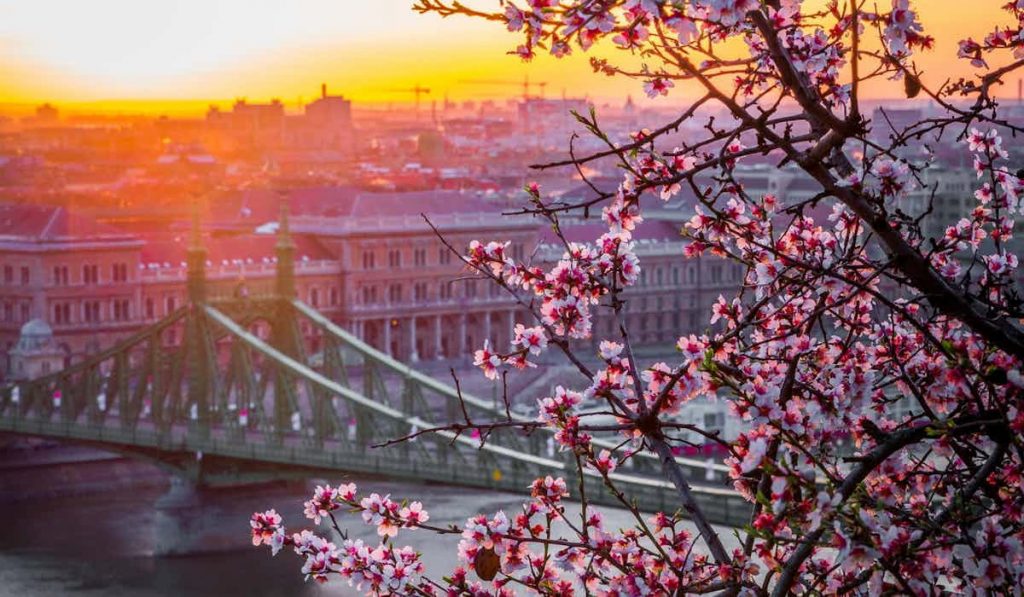
Hungary is particularly lively during spring as the country wakes up from hibernation during the winter period. Cherry blossoms have made the streets of Budapest pink and the countryside sparkles with the first wildflowers.
Weather: Gradually, the temperature rises to between 4°C and 22°C (39°F and 71°F). It frequently rains, so bring a lightweight raincoat.
Key events:
- Budapest Spring Festival (April): A celebration of music, dance, and visual arts.
- Rosalia Festival (May): A wine and sparkling wine festival in Budapest.
Activities:
- Explore blooming gardens in Budapest’s City Park or Margaret Island.
- Hike in the Bükk Mountains, enjoying the fresh spring air and emerging foliage.
- Take a leisurely bike ride along the Danube Bend.
Summer (June to August)
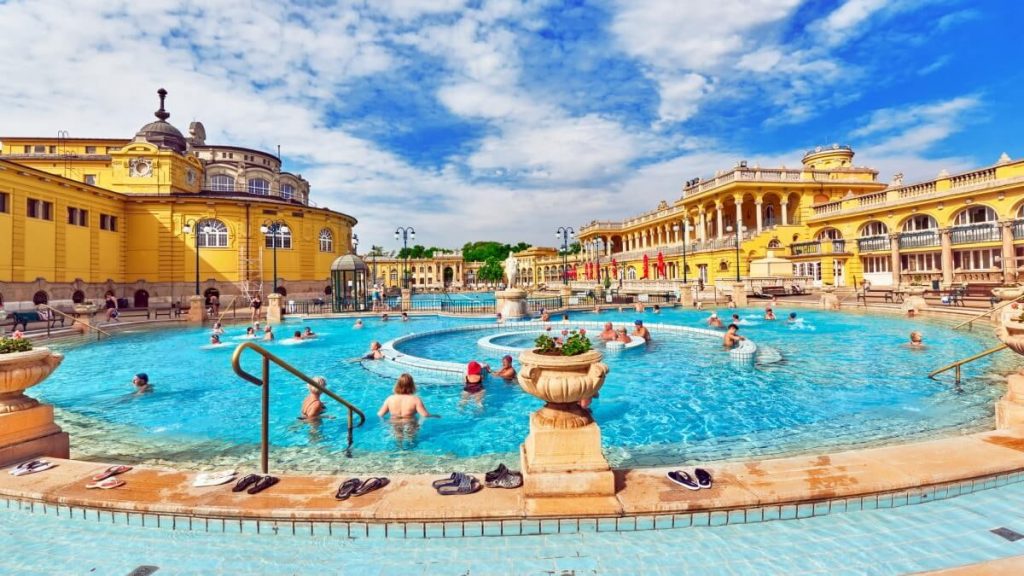
In this season, the climate can be characterized as a combination of rather short and mild winters and very long and rather bright summer evenings. On the streets and sidewalks of Budapest, you may find numerous open-air café and many live music performances.
Weather: Warm to hot, with 14°C to 27°C (57°F to 80°F) in the range. Be ready for some scorching days in July and August since these months might experience heatwaves.
Key events:
- Sziget Festival (August): One of Europe’s largest music and cultural festivals.
- St. Stephen’s Day (August 20): Hungary’s biggest national holiday with fireworks and parades.
Activities:
- Cool off in the sparkling waters of Lake Balaton, Hungary’s “sea”.
- Relax in one of Budapest’s famous thermal baths, like Széchenyi or Gellért.
- Enjoy outdoor dining and ruin bars in Budapest’s vibrant 7th district.
Autumn (September to November)
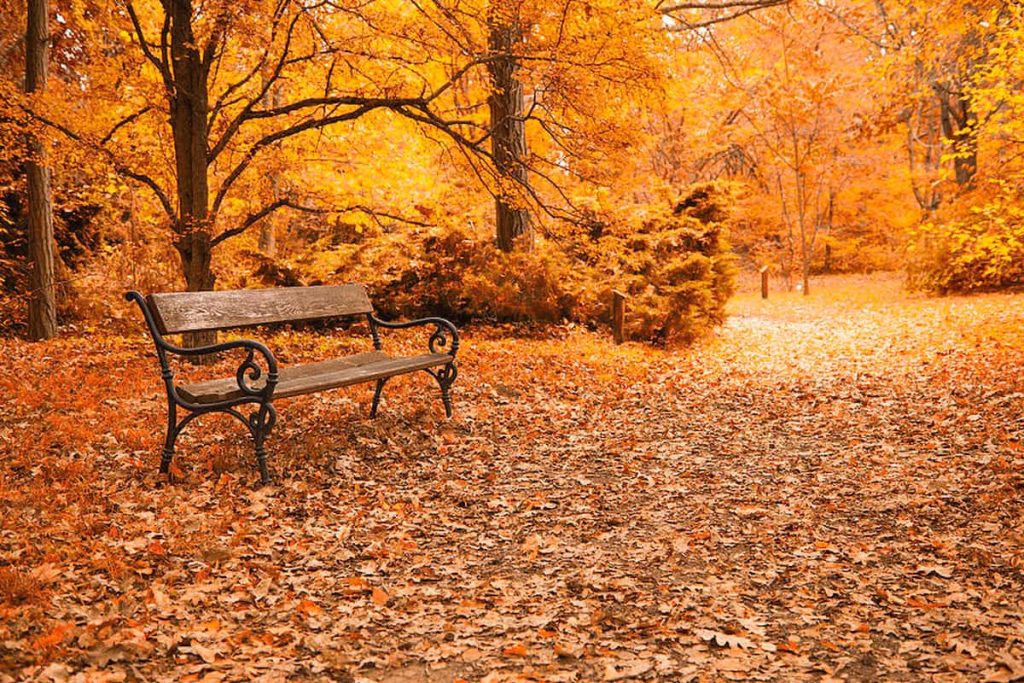
Autumn in Hungary is warm, and the colors gold, orange as well as crimson dominate nature.
Weather: Between 6°C to 24°C (42°F to 75°F). It is very comfortable outside. November is when the climate becomes very chilly; at times early fall feels a lot like summer.
Key events:
- Budapest Wine Festival (September): Celebrate Hungarian wines at Buda Castle
- Szeged Open-Air Festival (September-October): Theater performances in a historic setting
Activities:
- Go wine tasting in the Tokaj or Eger wine regions
- Hike in the colorful forests of the Mátra Mountains
- Soak in the thermal waters of Hévíz, the world’s largest biologically active natural thermal lake
Winter (December to February)
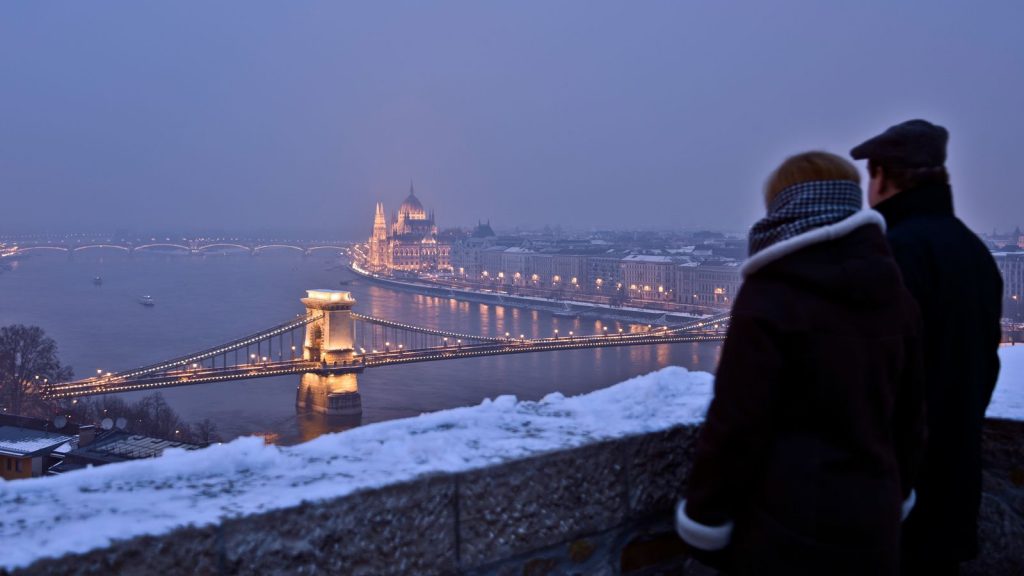
The cold weather changes Hungary into a winter wonderland, most of the events and attractions are either indoors or are holiday festivals.
Weather: Cool; mainly between -9°C to 8°C or equivalently, 15°F to 46°F. Snowfall is rather frequent, particularly in the northern areas of the land.
Key events:
- Christmas Markets (December): Budapest’s Vörösmarty Square hosts a magical holiday market.
- Budapest New Year’s Eve celebrations: Fireworks and parties along the Danube.
Activities:
- Ice skate in Budapest’s City Park, home to Europe’s largest outdoor ice rink.
- Warm up in the steamy thermal baths, a particularly delightful experience in winter.
- Hit the slopes for skiing and snowboarding in the Mátra Mountains.
3. High Season vs. Low Season
High season (June to August):
Pros:
- Lively atmosphere with numerous festivals and events
- Perfect weather for outdoor activities and swimming
Cons:
- Larger crowds at popular attractions
- Higher prices for accommodations and flights
Low season (November to March, excluding holidays):
Pros:
- Fewer tourists and lower prices
- Unique winter experiences like Christmas markets and thermal baths in the snow
Cons:
- Some attractions may have reduced hours or be closed
- Cold weather may limit outdoor activities
No matter if you are planning to come during the warm summertime to join the buzzing cities or during the comfort of the wintertime, Hungary has a lot to offer. Therefore, if you try to schedule your trip according to your mood for a certain season, this charming gem of Central Europe can become your unforgettable travel experience.
II. What to pack for Hungary
Well, it is always a challenge when it comes to packing, especially for traveling. The type of clothes you put on and other things that you consider packing before setting out for Hungary can make a big difference. Besides the suitable time to visit Hungary, it is now time to explore what to carry when going out to have some fun irrespective of the season.
1. Seasonal Packing Tips

Spring
Suggested clothing and accessories:
- Light layers: Think breathable long-sleeve shirts and lightweight sweaters
- Comfortable walking shoes: You’ll want to explore Budapest’s charming streets
- A waterproof jacket: Spring showers are common, so be prepared
Items for activities:
- Sunglasses: The sun starts peeking out more often
- A small daypack: Perfect for carrying essentials during day trips
- Camera: Capture the beautiful spring blossoms in the parks
Summer
Suggested clothing and accessories:
- Light, breathable clothing: Cotton shirts, shorts, and sundresses
- Comfortable sandals: Your feet will thank you after long walks
- Sun hat: Protection from the strong summer sun is crucial
Items for activities:
- Swimsuit: A must for the famous thermal baths
- Sunscreen: Protect your skin while exploring
- Reusable water bottle: Stay hydrated in the summer heat
Autumn
Suggested clothing and accessories:
- Warm layers: Pack a mix of long-sleeve shirts and sweaters
- Comfortable boots: Perfect for walking through crunchy leaves
- Scarf: Both fashionable and functional for cooler days
Items for activities:
- Umbrella: Be ready for occasional rain showers
- Camera: The fall colors are simply stunning
- Small backpack: Carry essentials for day trips to nearby towns
Winter
Suggested clothing and accessories:
- Warm coat: Preferably waterproof and insulated
- Thermal underwear: Layer up for extra warmth
- Warm hat, gloves, and scarf: Essential for outdoor activities
Items for activities:
- Ice skates (or rent them there): Many cities have outdoor rinks
- Thermos: Keep warm with hot tea or mulled wine
- Lip balm and moisturizer: Combat the dry winter air
2. Travel Essentials
Documents and Visa Requirements
Before you get caught up in the excitement of packing clothes and choosing the time to visit Hungary, remember the most important items – your travel documents!
Necessary travel documents:
- Valid passport: Ensure it’s valid for at least six months beyond your planned stay.
- Travel insurance documents: It is always better to be safe than sorry.
- Copies of important documents: Keep digital and physical copies separate from originals.
Visa requirements for different nationalities:
- EU citizens: No visa required for stays up to 90 days
- Non-EU citizens: Check with the Hungarian embassy in your country for specific requirements
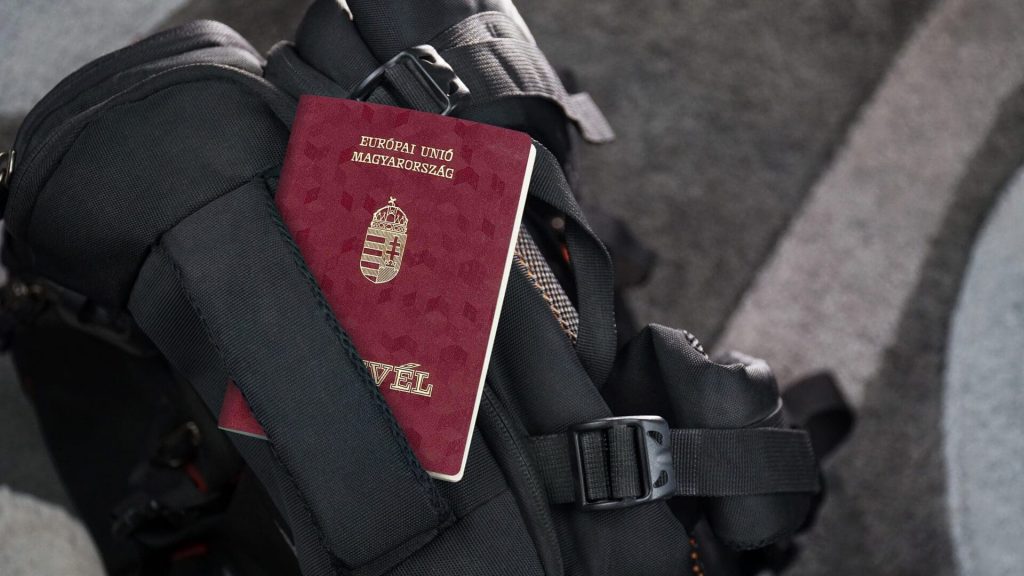
Health and Safety Items
Health and safety precautions:
- Travel insurance: Helps with other medical bills that are not catered for by other insurance covers
- European Health Insurance Card (EHIC): As for EU citizens, secure access to the state healthcare
Recommended medications and health supplies:
- Personal medications: Pack enough to last you throughout your stay and even more.
- Basic first-aid kit: Pain relievers, bandages, and other personal items should also be taken.
- Hand sanitizer and face masks: To avoid or minimize the chances of catching an illness from people around, especially when crowded.
Tech and Connectivity
- eSIM: This is the latest in mobile connectivity. Instead of a physical SIM card, your device uses an embedded SIM to connect to a network. This makes it easier to switch carriers and activate or deactivate services remotely. Find the best eSIM for Hungary for your trip.
- International SIM cards: These can be purchased at airports, phone shops, and some convenience stores.
- EU roaming: Your home plan might work without extra charges if you are from one of the EU countries.
- Free Wi-Fi: It is in many coffee shops, eating places, or places where people relax.
- Portable Wi-Fi device: One may lease one for a permanent online connection.

Travel Gadgets
- Universal power adapter: The power outlets currently used in Hungary are Type C and F sockets.
- Portable charger: Charges your devices for those long day outings
- Noise-canceling headphones: Ideal for train trips that take forever or even flights.
While packing your bags for Hungary, imagine yourself walking along the Danube River, taking a thermal bath, or trying goulash. Above are some packing tips to help you embrace this beautiful country and enter Central Europe’s history and scenic beauty.
III. Final thoughts on the best time to visit Hungary
When planning your visit, the best time to visit Hungary should be considered properly, and you should pack appropriately. Then, your time in this beautiful country will be more than fantastic. From flowers in spring, fairs in summer, colors of fall, or Christmas fairs in Hungary, there is something to look forward to all year round. Have fun on your trip, and create great memories!
